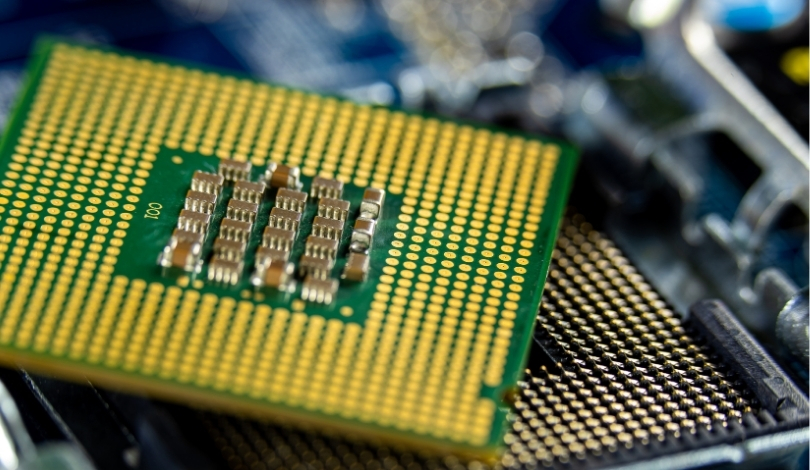Intel will not release its Arrow Lake Refresh processors in 2025 as planned. This shift in strategy reflects broader changes in the semiconductor industry, where companies often adjust timelines based on market demands and technological advancements. Intel’s decision influences not only its future product development but also the competitive landscape within the CPU market.
What factors prompted Intel’s timeline shift?
Intel’s decision stems from a range of factors, including ongoing supply chain issues and the need to prioritize more advanced technologies. The company has acknowledged the necessity to adapt to the evolving demands within the computing landscape, which requires a focus on innovating existing architectures. This adjustment comes as Intel reevaluates its approach to maintaining competitiveness against rivals like AMD and Nvidia.
What new plans does Intel have for its processor lineup?
The company intends to concentrate resources on upcoming projects, which may include new architectures that promise improved performance. Intel is likely to redirect efforts towards optimizing their existing product offerings and enhancing customer experience through software integration. Such plans are essential for Intel to sustain its market presence amidst growing competition.
How will this impact Intel’s market position?
Intel’s revised timeline could affect its market share and customer trust if not managed properly. Stakeholders may express concerns about Intel’s ability to keep pace with advancing technologies in the CPU sector. By refining its timeline and technology strategies, Intel aims to reinforce its position as a leading provider in the semiconductor market.
Intel’s timeline realignment for the Arrow Lake Refresh processors indicates a proactive approach to evolving market needs. This decision aligns with broader trends in the semiconductor industry, where companies continually reassess their strategies to adapt to rapid technological changes. As Intel works to refine its offerings, maintaining transparency with stakeholders and customers will be critical in sustaining trust and confidence moving forward. Increasing competition from other major players also necessitates a robust and agile product strategy, highlighting the importance of innovation and responsiveness in this fast-paced industry.










